Rafale downed: A turning point for Chinese weapons on the global stage?
Quality concerns limited China’s arms appeal in the past, but with the recent India-Pakistan clash and arms used by Pakistan, it seems this concern is getting laid to rest. Academic Ghulam Ali explains.
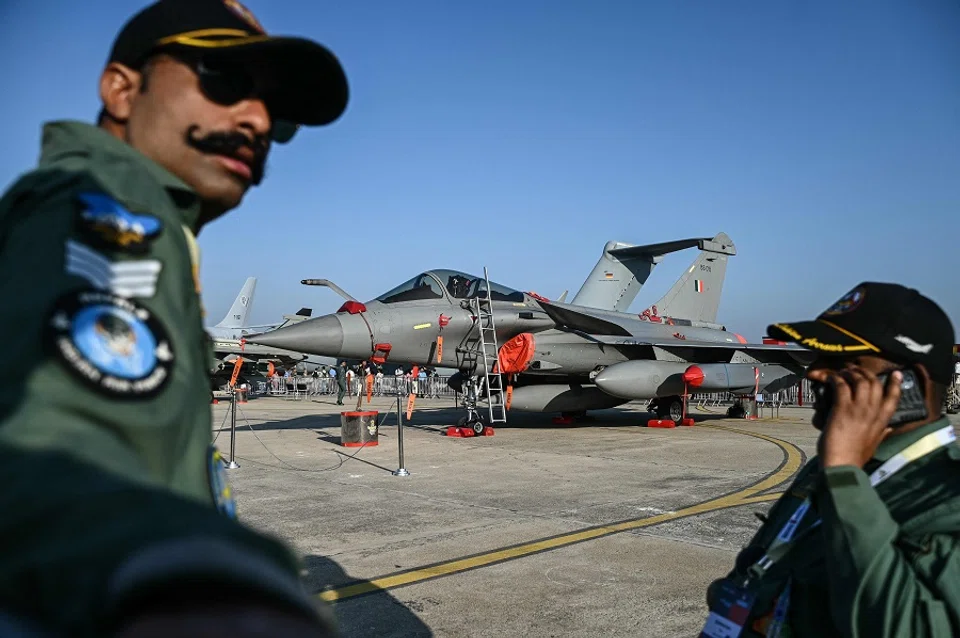
While China is the second-largest economy and the second most powerful country after the US, its share of world arms exports remains considerably low. According to the Stockholm International Peace Research Institute (SIPRI), China’s share in global arms exports stood at a modest 5.9% in 2020-2024.
This was despite the fact that Chinese arms were cheaper, available without strings attached and allowed recipients greater autonomy in their use compared to the restrictions imposed by Western weapons. China often offered a flexible payment system to buyers. One of the main reasons for the lacklustre interest in Chinese arms was the perception that they were of inferior quality compared to their Western counterparts.
Furthermore, for any military equipment, real-world combat and operational use remained the ultimate test. As China had lacked any direct combat experience since the Vietnam War in 1979, it added doubts about the credibility of its weapons. Given the centrality of security for any state, they preferred US and Western weapons if the choice was available.
The incidents of the Pakistan Air Force (PAF) using Chinese jets equipped with Chinese missiles to shoot down five Indian jets on 7 May 2025 alone have drastically shattered this perception about Chinese weapons and led to an increase in the share of Chinese defence in markets.
Deadly Kashmir attack sparks India-Pakistan clash
On 22 April 2025, a terrorist attack in Pahalgam, Indian-administered Kashmir, killed 26 people, making it the deadliest assault on civilians in the region in two decades. India accused Pakistan of supporting the militants behind the attack, a claim Pakistan denied. In response, India launched “Operation Sindoor” on 7 May, striking nine sites it described as “terrorist infrastructure” in Pakistan and Pakistan-administered Kashmir.
This was the first time in Rafale’s history that a jet was shot down in a real situation. It was also the first real combat validation of Chinese weapons, particularly the J-10 and PL-15 missiles...
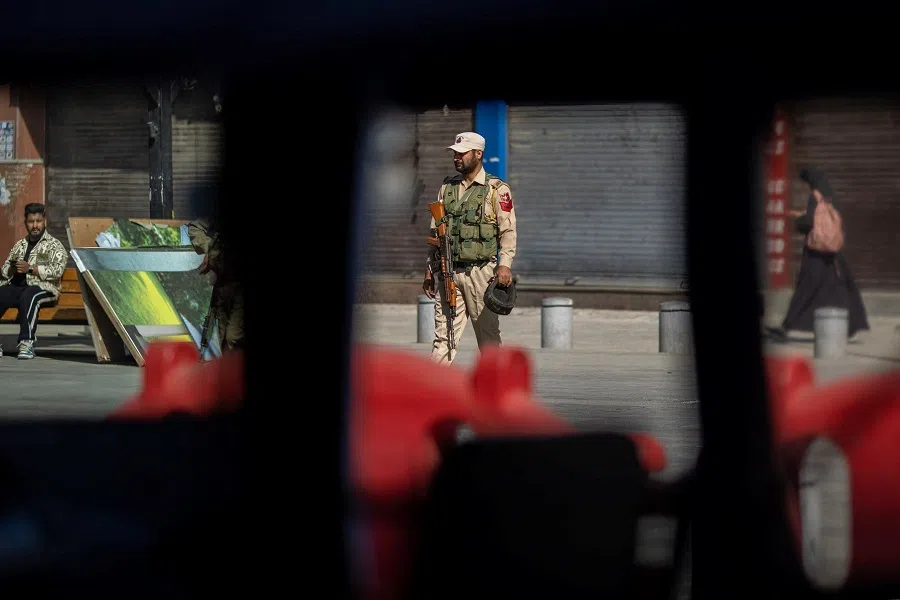
In retaliation, Pakistan claimed to have shot down five Indian jets, which included three French-made Rafale fighters, one Russian-made Su-30 and one MiG-29, along with at least one drone. According to Pakistani Foreign Minister Ishaq Dar, Pakistan deployed Chinese J-10C fighters and JF-17 Block III fighters, equipped with Chinese air-to-air PL-15E missiles, during the combat.
The PL-15, originally developed for the fifth-generation J-20 stealth fighter, is China’s most advanced fighter-to-fighter missile and is reported to have an engagement range of 200 km to 300 km (125 to 185 miles). A few days before the combat, the Pakistani military released a video disclosing for the first time the deployment of PL-15 with J-10s.
India’s Rafale ordeal
Rafale, a 4.5-generation fighter jet manufactured by French Dassault Aviation, is considered a top choice by several countries. In the 2019 aerial confrontation between Pakistan and India, Pakistan shot down an Indian MiG-21 Bison, and captured its pilot, Wing Commander Abhinandan Varthaman, who was later returned to India as a goodwill gesture.
At that time, Indian Prime Minister Modi stated that if India had possessed Rafale aircraft, the outcome could have been different, and India might not have faced this embarrassment. Following this, India accelerated the process of acquiring Rafale jets. India received the first batch of Rafales in 2020 and, by April 2022, had received a total of 36 jets. In April 2025, the Indian government ordered an additional 26 Rafales for the Indian Navy to be delivered by 2030.
This was the first time in Rafale’s history that a jet was shot down in a real situation. It was also the first real combat validation of Chinese weapons, particularly the J-10 and PL-15 missiles, which could potentially enhance their global appeal. These skirmishes triggered shares of Rafale and Chinese defence stocks.
Soon after Pakistan claimed to have downed three Rafale jets, Dassault Aviation experienced a significant decline of 6% in its stock value. Analysts cautioned of a potential further decline of 5% in response to heightened scrutiny of the Rafale’s performance in battlefield contexts.
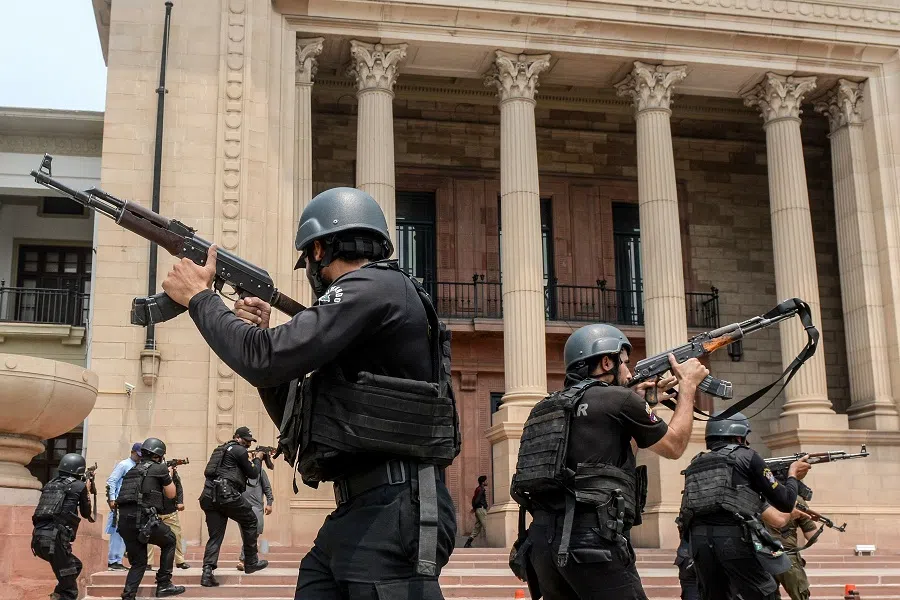
Conversely, an index of Chinese defence companies surged sharply. For instance, AVIC Chengdu Aircraft (maker of the J-10C/JF-17) rose 17.05% in Shenzhen, marking its largest single-day gain since October 2024. AVIC Aerospace (military aircraft and helicopters) climbed 6% in Hong Kong. A broader index of Chinese defence firms jumped 1.6% to reach a two-week high.
Additional advancements include the H-20 stealth bomber, the carrier-based J-35 fighter, and advanced AI-enabled drones and electronic warfare systems.
Advancement in Chinese arms industries
The successful test of Chinese weapons occurred at a time of qualitative and quantitative advancements of China’s weaponry. China currently operates two domestically built aircraft carriers, the Shandong and Fujian, with a third, the nuclear-powered Type 004, under construction and expected to feature electromagnetic catapults and a capacity for up to 100 aircraft. The sixth-generation J-36 stealth fighter, designed as a tailless, tri-engine flying-wing platform, is in development to counter advanced Western bombers and fighters, featuring GaN-based AESA radars, AI-assisted systems and hypersonic weapon compatibility.
China has reportedly developed the DF-27 ICBM with a hypersonic glide vehicle, the YJ-21 anti-ship missile on its Type 055 destroyers, and is rapidly expanding its nuclear arsenal, and new Type 096 nuclear submarines are in production. Additional advancements include the H-20 stealth bomber, the carrier-based J-35 fighter, and advanced AI-enabled drones and electronic warfare systems.
Pakistan’s recent deployment of Chinese J-10C and J-17 Block III jets, equipped with PL-15E missiles, could shatter the perception of China’s inferior quality of its weapons.
... it gives China leverage to integrate its defence exports with broader geopolitical and economic partnerships under initiatives like the Belt and Road Initiative.
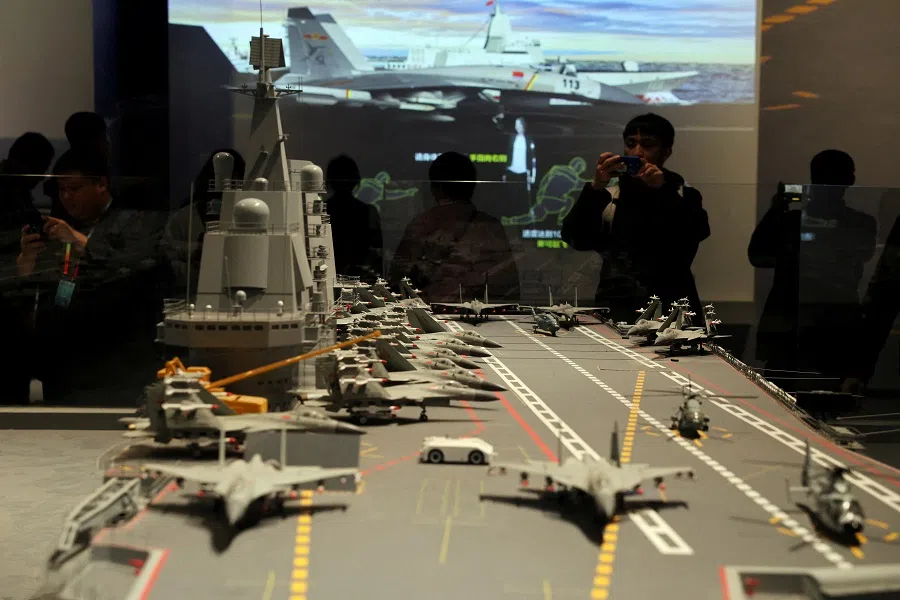
The first combat validation of these systems, particularly against advanced Western platforms like the Rafale, provides tangible proof of their effectiveness, which many buyers consider essential before procurement. These incidents have created a rare marketing opportunity for Chinese weapons.
This could allow China to position itself not only as a cost-effective supplier but also as a credible alternative in strategic arms markets traditionally dominated by the West. At the same time, it gives China leverage to integrate its defence exports with broader geopolitical and economic partnerships under initiatives like the Belt and Road Initiative. This enhanced credibility and technological advancement in Chinese arms come at a time when China is asserting its global rise and expanding its influence across multiple regions.




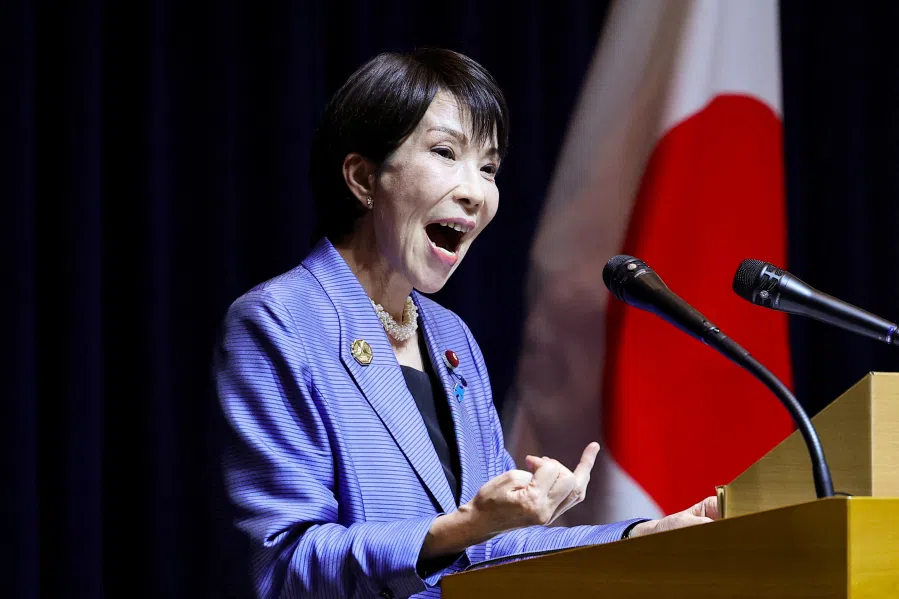
![[Big read] China’s 10 trillion RMB debt clean-up falls short](https://cassette.sphdigital.com.sg/image/thinkchina/d08cfc72b13782693c25f2fcbf886fa7673723efca260881e7086211b082e66c)